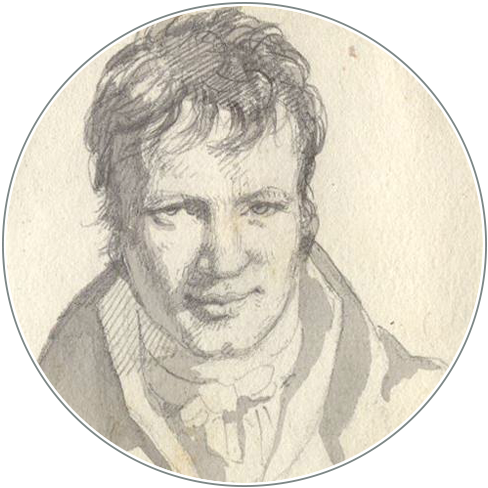Alexander von Humboldt’s ideas on volcanism and their influence on Russian scientists
DOI:
https://doi.org/10.18443/66Keywords:
1829, P. Kropotkin, P. Semenov, Samarium, VulkanismusAbstract
Abstract
The article provides historical background for Alexander von Humboldt’s expedition into Russia in 1829. It includes information on Humboldt’s works and publications in Russia over the course of his lifetime, as well as an explanation of the Russian scientific community’s response to those works. Humboldt’s ideas on the existence of an active volcano in Central Asia attracted the attention of two prominent Russian geographers, P. Semenov and P. Kropotkin, whose views on the nature of volcanism were quite different. P. Semenov personally met Humboldt in Berlin. P. Kropotkin made one of the most important geological discoveries of the 19th Century: he found the fresh volcanic cones near Lake Baikal.
Soon after Humboldt’s Russian expedition, and partly as a result of it, an important mineral was found in the Ilmen mountains – samarskite, which later gave its name to the chemical element Samarium, developed in 1879. At the beginning of the 20th Century, the Russian scientist V. Vernadskiy pointed out that samarskite was the first uranium-rich mineral found in Russia.
How to Cite
Issue
Section
License
Copyright (c) 2005 Alexander Zemtsov

This work is licensed under a Creative Commons Attribution-NonCommercial 4.0 International License.
HiN operates under a Creative Commons-Licence (CC BY-NC 4.0), which permits the reproduction of articles, free of charge, for non-commercial use only and with the appropriate citation information. All authors publishing with HiN accept these terms of publication.
Authors retain the copyright for their articles and reviews. Copyright of the layout and design of HiN articles remains with the journal and cannot be used in other publications.










